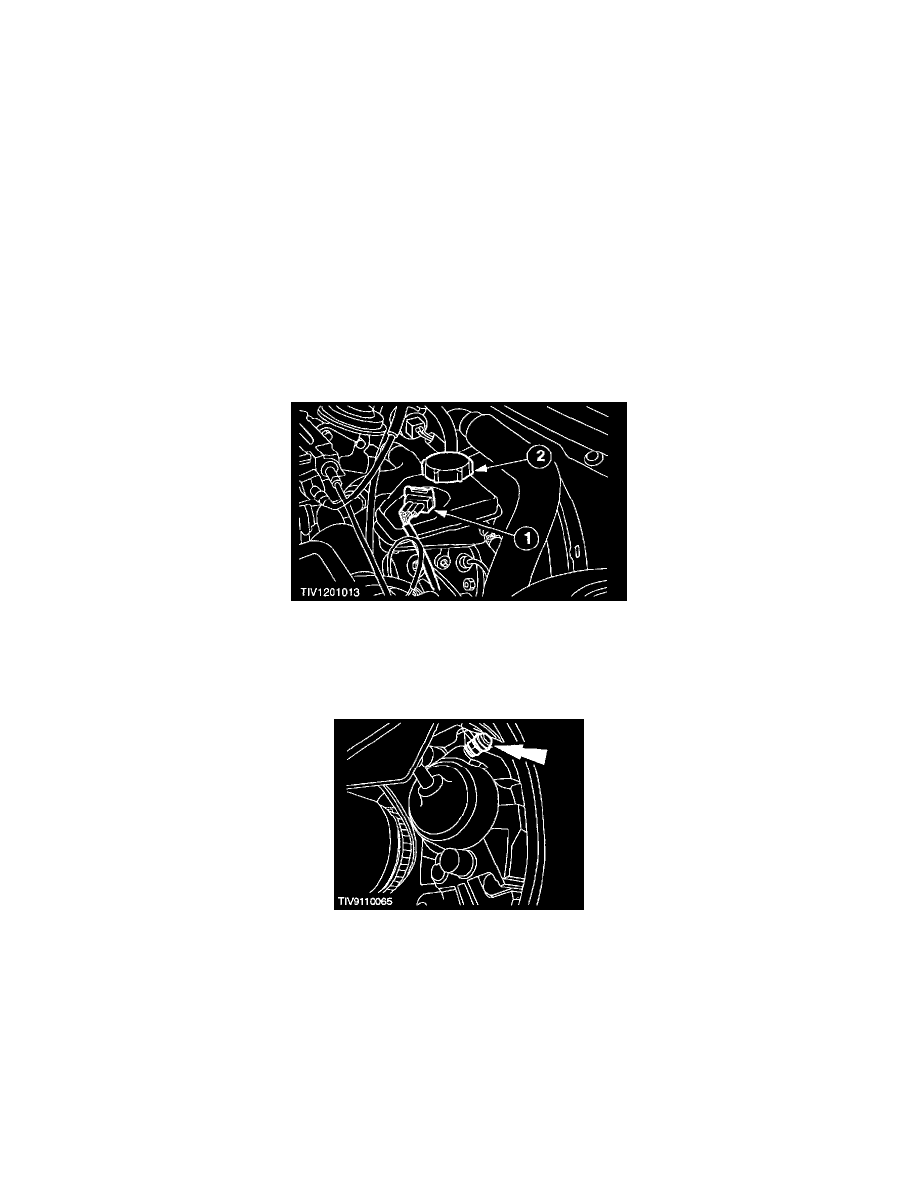Cougar V6-153 2.5L DOHC VIN L SFI (2001)

Brake Bleeding: Service and Repair
Brake System Manual Bleeding
Bleeding
WARNING: Brake fluid contains polyglycol ethers and polyglycols. Avoid contact with the eyes. Wash hands thoroughly after handling. If
brake fluid contacts the eyes, flush the eyes for 15 minutes with cold running water. Get medical attention if irritation persists. If taken
internally, drink water and induce vomiting. Get medical attention immediately. Failure to to follow these instructions may result in personal
injury.
CAUTION:
^
Make sure that the vehicle is standing on a level surface or supported on a non-wheel free lift.
^
If brake fluid is spilt on the paint-work, the affected area must be immediately washed down with cold water.
NOTE:
^
The system consists of separate circuits for each front and diagonally opposite rear wheel. Each front to rear circuit and each wheel circuit can be
bled individually of each other.
^
The service ABS Hydraulic Control Unit (HCU) is supplied filled with brake fluid Therefore, a conventional bleed procedure should be adequate
to remove all air from the brake system However, if air in the HCU is suspected, use the vehicle specific step-by-step FDS2000 instructions.
1. Disconnect the battery ground cable.
2. CAUTION: Make sure that the filler cap does not become contaminated.
Remove the master cylinder reservoir filler cap.
1
Disconnect the electrical connector
2
Remove the cap
3. Fit a bleed tube to the front left-hand caliper bleed nipple.
4. NOTE: The master cylinder reservoir must remain full with new, clean brake fluid at all times during bleeding.
Bleed the circuit.
^
Make sure the bleed tube is a firm fit.
^
Immerse the end of the tube in a bleed jar containing a small quantity of approved brake fluid.
^
Position the bleed jar base at least 30 mm above the bleed nipple to maintain fluid pressure and prevent air leaking past the threads of the bleed
nipple.
^
Unscrew the bleed nipple by half a turn.
^
Depress the brake pedal fully (pumping brake fluid and air into the bleed jar) and allow the pedal to quickly return to the rest position.
^
Fill the master cylinder reservoir.
^
Continue pumping the brake pedal until air-free fluid is being pumped into the jar.
